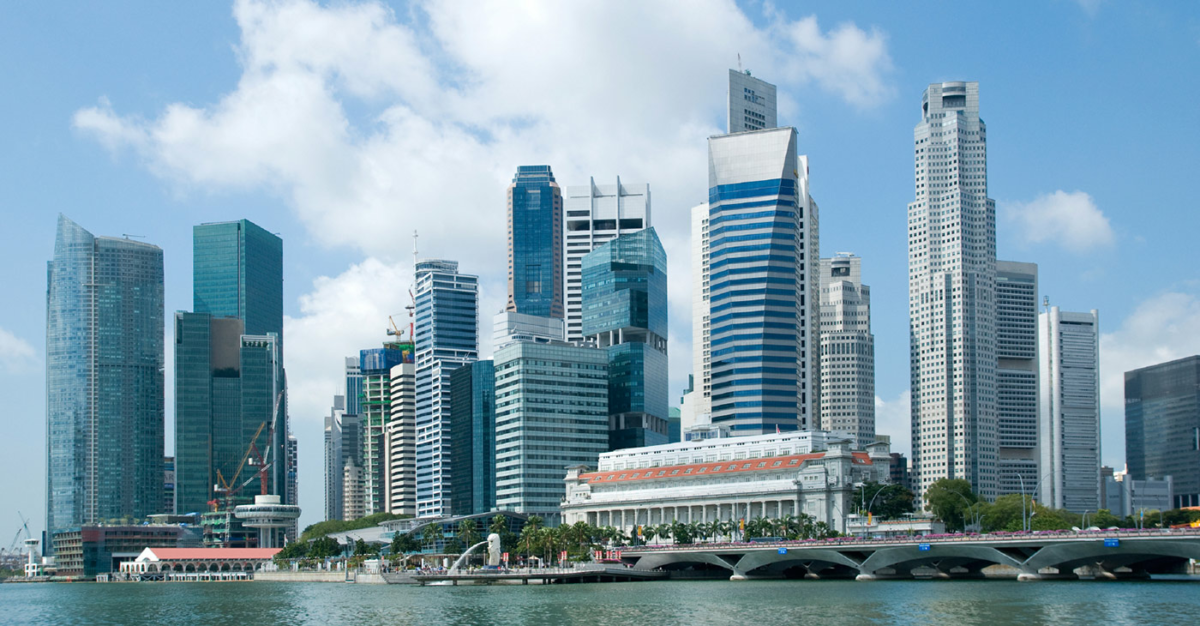The changes in 2014 to the labour market morphed the recruitment scene drastically. We examine the trends in 2015 that will alter our recruitment strategies forever.
Another year has wrapped up and it has been a really interesting year in the job market. The introduction of Jobs Bank, foreign talent quota changes, employment acts and the low unemployment rate have collectively morphed the recruitment scene in ways not seen before.
As we head into 2015, what are the new changes and challenges job seekers and recruiters can expect?
Here's what I think we can be expecting:
Double-down on non-labour productivity drive
The Singapore government has been incessant about the need to drive business productivity as they show no signs of budging over the reduction in work pass quotas as well as the more stringent approval process.
Many different grants and subsidies have been made available to businesses to leverage on technologies to drive their business differently. Adoption rate of the Productivity Innovation Credit has been sky high, not counting the other schemes from SPRING Singapore and IDA.
However all these measures have not boiled down to improving our productivity. Based on the latest data from Department of Statistics Singapore, our productivity growth is standing at -1.4%.
With more than SGD$3 billion spent and another SGD$3 billion to go, this isn’t a desirable outcome.
I expect the government to step in to validate expenses and ensure these expenses correlate with productivity gains. They may also encourage businesses to look beyond procurement of laptops and invest in leading-edge technology to radically evolve their business.
Non-traditional talent pool
With the tightening of the issuance of work passes and low unemployment rate of 2%, it has been increasingly frustrating for Singapore businesses to execute their strategic plan when they don’t have the numbers or their workforce just keeps churning every few months.
Although we have a population of 5.5 million, only 3.3 million are Singapore citizens and another 527,000 permanent residents. Take away those that are not employment ready and you are left with half the size.
Even though that pool might seem large, the concentration has always been amongst the same demographics.
As the challenge of getting workers becoming more and more prevalent, I expect employers to seriously start embracing talents from other pools that they might not have considered before.
These would include mothers who need to work part-time, offenders who have turned over a new leaf, persons with disabilities and individuals that prefer to freelance.
Crowd Sourcing Recruitment
With costs of hiring escalating and how we are becoming more and more connected, businesses are looking for alternatives to provide the same (if not better) results with lower outputs.
LinkedIn was that alternative a couple years ago with many still transiting to it in a full blown manner as a means to replace/complement their existing recruitment strategies.
But you don’t really need 259 million candidates (as of Jun 2013) when all you need is just 3. This is where crowd sourcing will come in handy. It has shown to be really effective on sites such as kickstarter and indiegogo. How it will translate into recruitment remains to be seen but companies such as PeerBrief and MeshHire are already seeing various forms of success in clients’ acquisition. Companies such as Microsoft, CISCO, Nike and IBM are already using them.
I expect them to form the next main competition for the recruitment sector.
Greater competition in the agency recruitment sector
There are a total of 3,461 registered recruitment agencies in Singapore (as of 29th Dec 2014). The number was close to 3,000 a year ago. Granted, most of them are domestic helper agencies, but the number of professional recruitment companies starting up in/entering Singapore is still very much noticeable.
We now have 2 magazines that cater just to the agency recruitment sector, and Staffing Industry Analyst had one of their inaugural events held here in Singapore in late 2013. As Singapore remains the focal point of South East Asia, I expect more agencies from saturated or reclining markets such as Japan, Australia and UK to be keener to explore having an operations here to ride the growth.
Hong Kong is also touted as a good destination but despite the closer proximity to the China market, the politics there would not make it very welcoming for foreign businesses.
ASEAN Economic Community 2016
The ASEAN Economic Community (AEC) shall be the goal of regional economic integration by 2016. AEC envisages the following key characteristics: (a) a single market and production base, (b) a highly competitive economic region, (c) a region of equitable economic development, and (d) a region fully integrated into the global economy.
One of the key AEC areas of cooperation include human resources development and capacity building. Importantly, AEC will transform ASEAN into a region with free movement of goods, services, investment, skilled labour, and freer flow of capital.
The framework is there but the details are still fuzzy. With a delayed timeline of 2015 to 2016, I doubt there would be another kicking of can down the road. With more details coming up after agreements by participating nations, it would give employers a better understanding of how the freer flow of skilled labour will affect their existing businesses and also bring about new opportunities never seen before!
Adrian is the co-founder and former Managing Director of RecruitPlus – an award winning specialist recruitment company since 2004.
He is also the co-author of "Everything You Wish To Ask a Headhunter", the only career guide written by headhunters.
He now does career coaching, speaks and writes full-time.





